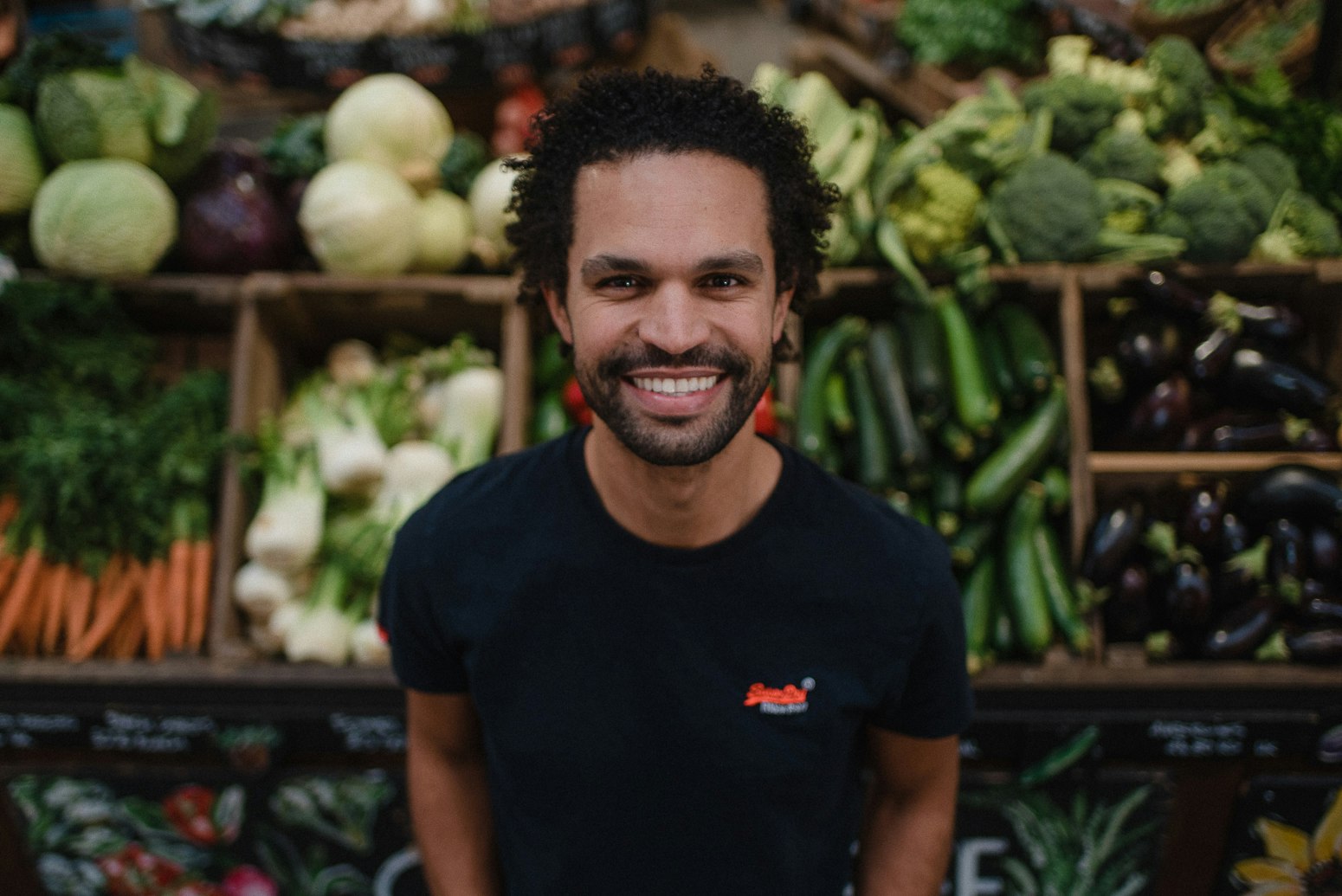The exit stage of a startup’s growth is typically when the startup wants to attract additional investment for growth or wants to sell completely and no longer manage the business.
The most common routes to exit are going public with an IPO, SPAC or selling to another, larger company.
The exit process is pretty mysterious and the reasoning behind different decisions is often kept behind closed doors — so we’re here to lift the veil. Sifted spoke to people who know the process inside and out, including Silicon Valley Bank representatives Rosh Wijayarathna, head of corporate finance, and technology banker Ben Tickler; Jonathan Satchell, Learning Technologies Group LTD (LTG), who completed a SPAC-like process in 2013; and Carolyn Jameson, chief trust officer at Trustpilot, who went public with an IPO earlier this year.
Deciding when and how to exit was a gradual process for Trustpilot.
Why exit in the first place?
Many startups decide to exit to support future growth. Jameson says Trustpilot’s decision to exit via IPO in March was exactly for that reason.
“Deciding when and how to exit was a gradual process for Trustpilot,” Jameson told Sifted. “The business had been in a phase of expansion for some time before we filed on the London Stock Exchange earlier this year and so the time felt right to IPO in order to support our future growth.”
The process, she says, allowed them to access new investors and capital and raise Trustpilot’s profile.
For LTG, exiting using a SPAC transaction allowed it to consolidate its place in the growing e-learning market, Satchell says. Its initial £16.5m deal for the original reverse takeover allowed LTG to grow through acquiring new digital technologies that enhanced its content even more.
Going public can provide an influx of investment that can help a startup expand and consolidate its place in the market even more.
How do you choose an exit strategy?
There are a number of strategies to exit, each with different advantages and implications.
Wijayarathna of Silicon Valley Bank says that IPOs, or being bought out by a bigger company, are common but can be risky: “With an IPO, you've also got the most risk on that valuation but it also means that you've got the most control that you can have over the business as the founder.”
An alternative is the increasingly popular SPAC route, or when a shell company whose sole purpose is to raise capital in an IPO merges with an existing privately-owned company, which then becomes publicly traded as a result. It’s sort of like a very expensive blind date for investors — but more on that later.
A third exit route is selling the business to a larger company, which offers the least control but usually the highest amount of money. Typically, founders would be involved in their business for a few years after selling and would then bow out to new management.
Each strategy serves a different need for founders, according to Wijayarathna. Those wanting to exit early bow out should sell; those wanting to retain control and gain investment should IPO.

To SPAC or not to SPAC?
Back to SPACs, the new kid on the block. Wijayarathna tells Sifted SPACs offer flexibility and often come with less public scrutiny than an IPO.
“With SPACs, you've got a pretty big range of valuation,” he says. “And you've also got different degrees of control as the founder. You could probably sell quite a lot of the business but at the same time you can probably stay quite involved depending on how you structure it.”
The SPAC process can also offer lots of long-term possibilities, according to Satchell, whose company completed a reverse-takeover in 2013 — a process similar to a SPAC whereby a private company acquires a controlling stake in a shell company, going public by skipping the IPO process. SPACs differ in that the shell company has no previous operations. SPAC sponsors also retain ownership, whereas in reverse mergers the acquired company does.
You could probably sell quite a lot of the business but at the same time you can probably stay quite involved depending on how you structure it.
“With all the buzz and excitement of SPACs, look at the long-term value creation that business can create — with a top team of talent, a clearly defined goal and a first-class ability to execute,” Satchell says. “It may be that many of those businesses go on to become significantly transformed from the initial SPAC transaction.”
SPACs can also be attractive to companies that just aren’t ready to go public yet. “There are going to be some companies coming to the public markets that probably shouldn't be,” Wijayarathna says. “Everyone fully expects to see, of the 500 SPACs that will emerge, that there will be failures.”
“In frontier tech, in particular, you're getting very strong valuations that you wouldn't have been able to get in private markets. And so companies are having their heads turned by a SPAC process that potentially could realise a high valuation — but that’s not necessarily the right thing for the company,” says Wijayarathna.
Come prepared, no matter the exit route
Exiting through an IPO comes with a lot of public scrutiny. Founders should make sure all of their processes are up-to-scratch before going public to alleviate that pressure.
What does this look like? According to Jameson, many companies go public and exit so that they can gain more investment and raise the profile of the business. If startups are trying to attract investors and increase their profiles, their financial reporting needs to be top notch.
Hiring an experienced CFO goes a long way towards this, Tickler says. “You can tell those businesses that are set up for success early when they have a proper chief financial officer. Especially when you get anywhere near trying to contemplate an IPO and you think about meeting with banks and setting up investor relations.”
We made every effort to ensure our exit approach would be a success and key to this was being well prepared as a business.
Tickler suggests founders of earlier stage companies –– Series B or C, for example –– should look for a CFO who has scaled in a private or public company before joining the team. That experience, he says, will set startups up for success.
“We made every effort to ensure our exit approach would be a success and key to this was being well prepared as a business,” Jameson says in agreement. “We made sure we were well organised in advance, with a strong team in place to take the company forward and play a major role in the IPO.”
Finally, Jameson says founders shouldn’t underestimate the workload of the exit stage. “If we were to give advice to startups it would be to not underestimate the work involved in getting to the point of exit. It takes a huge amount of stamina.”
To learn more about how SVB can help you scale or gear up for that all important exit, please connect with them here.


